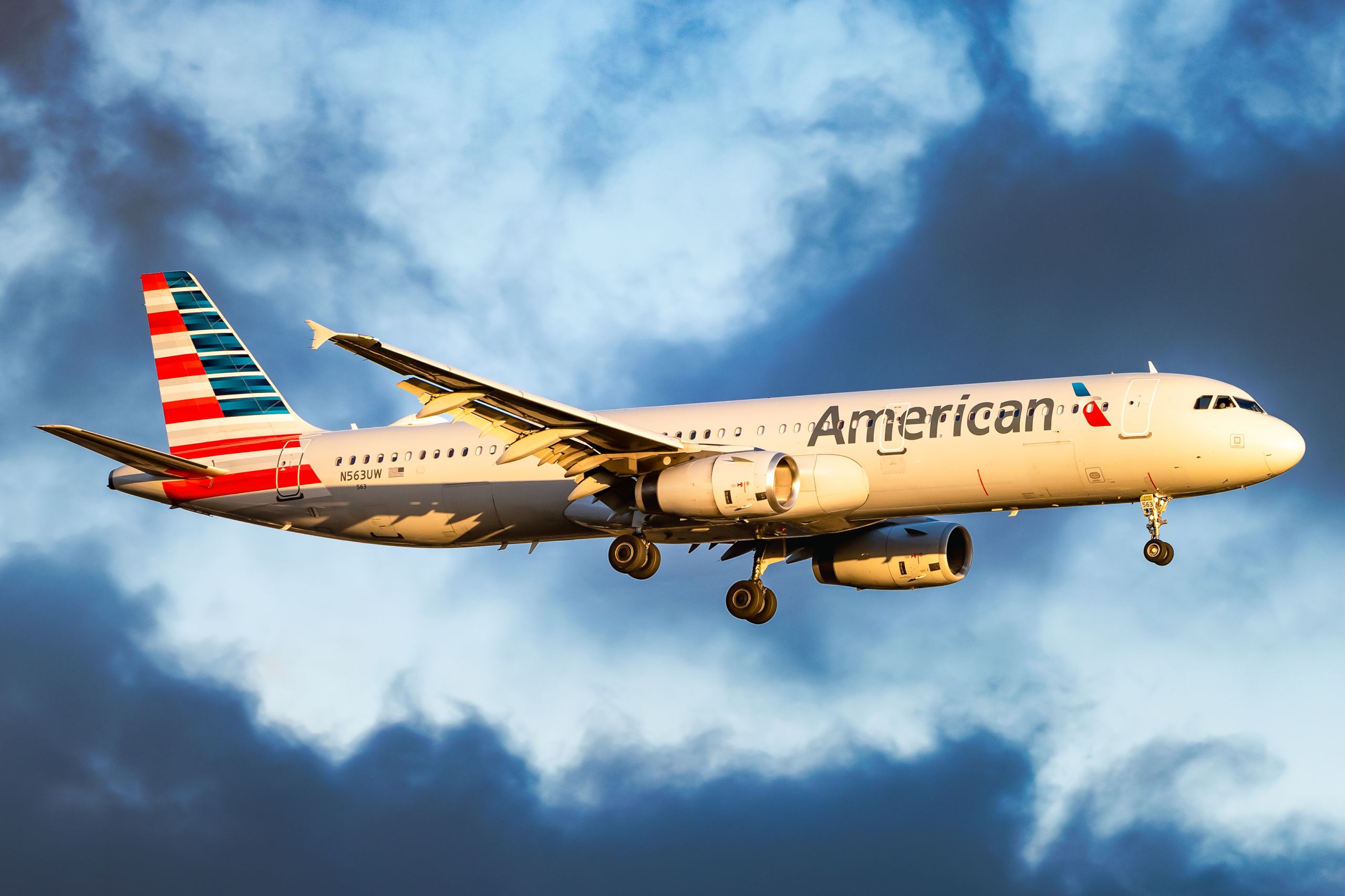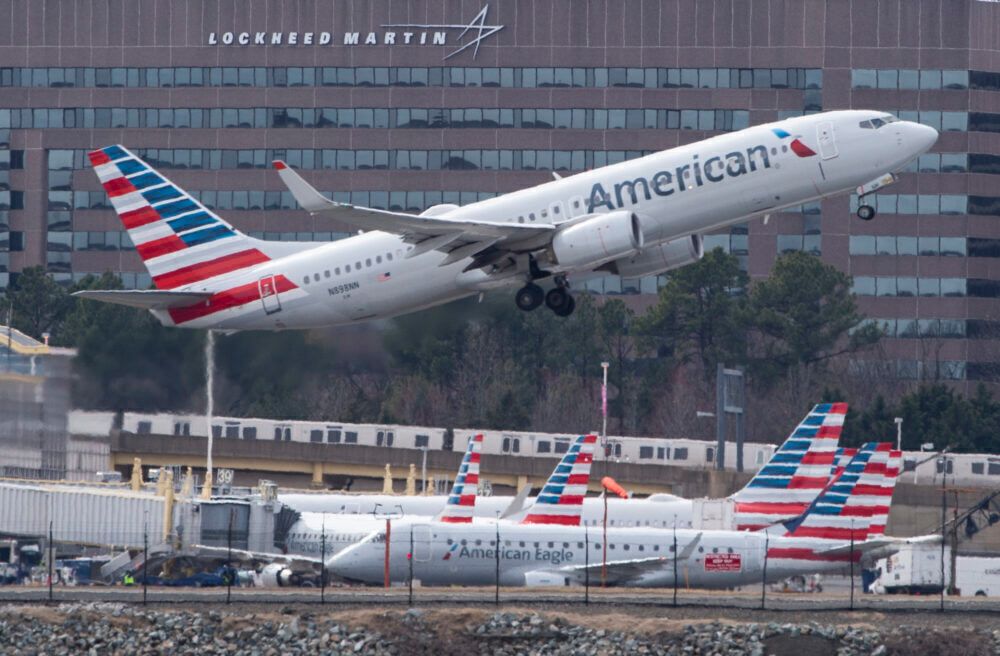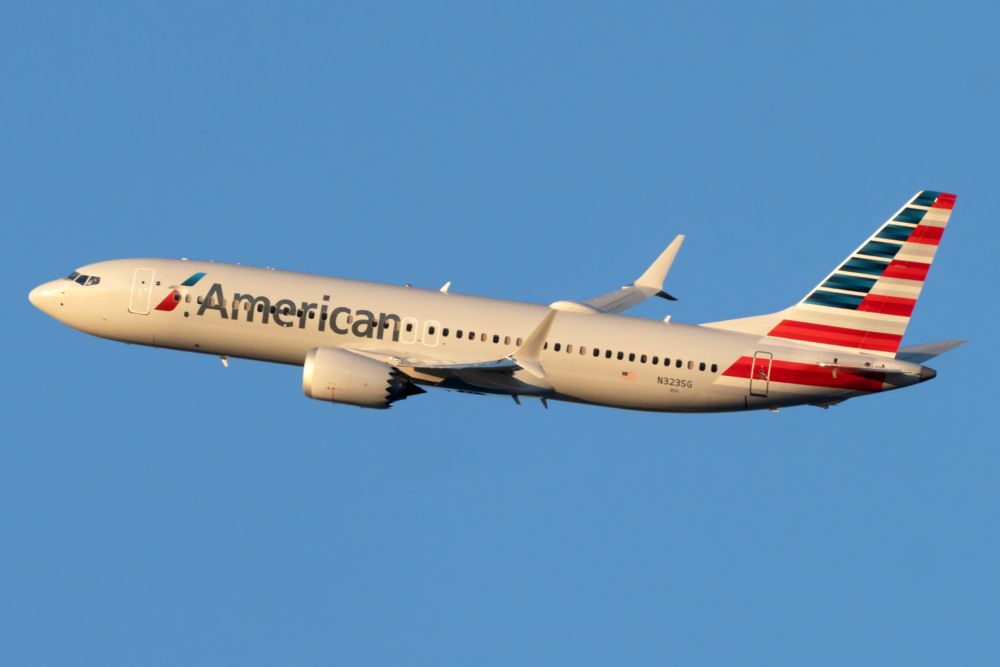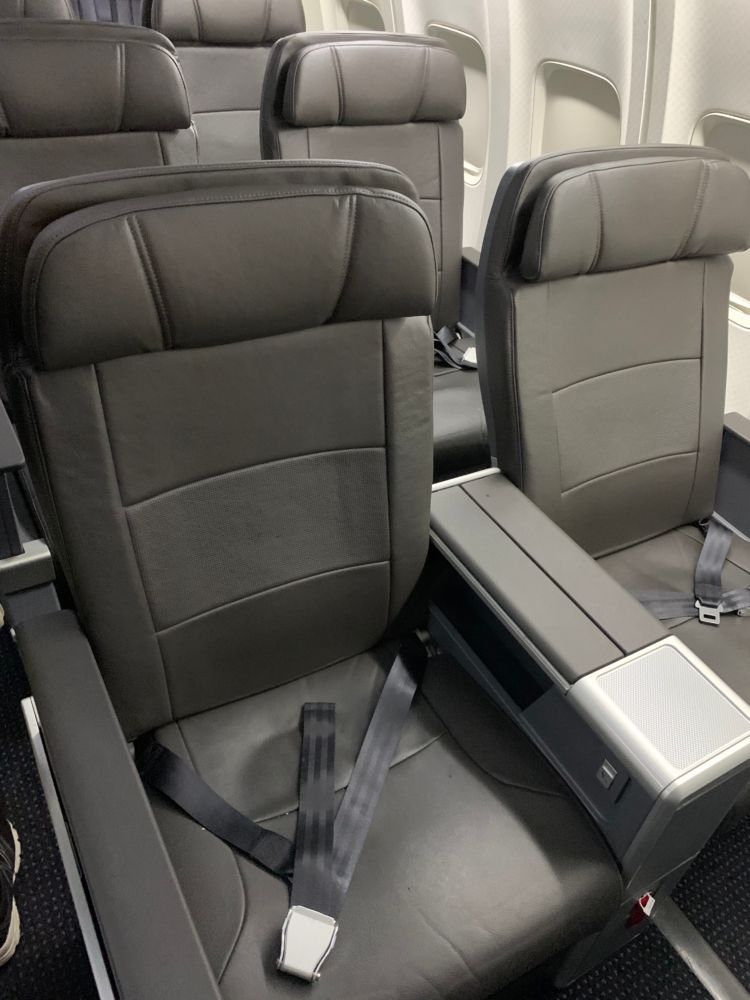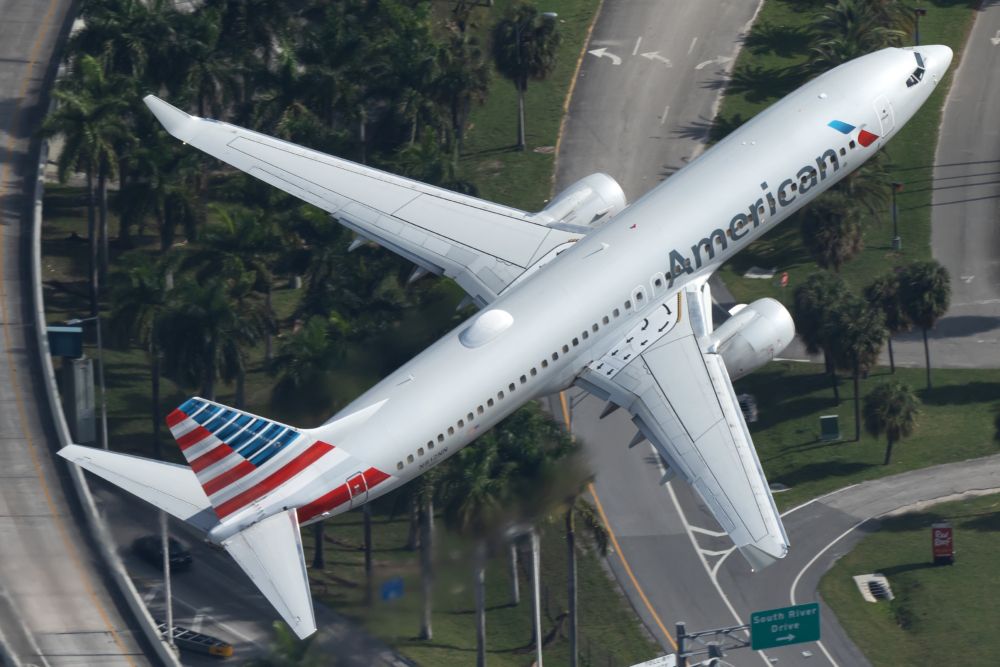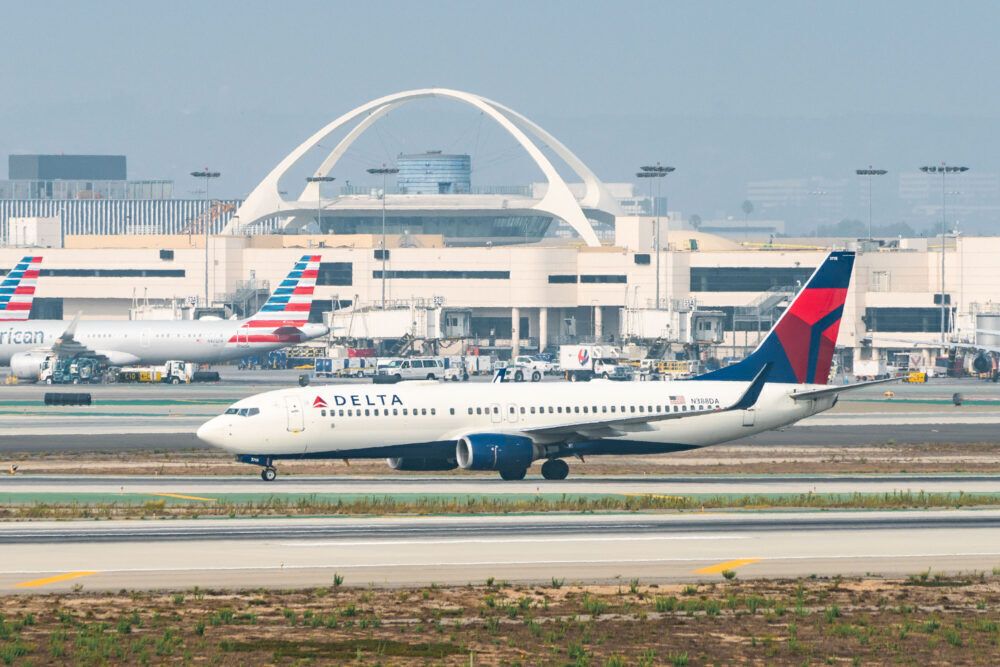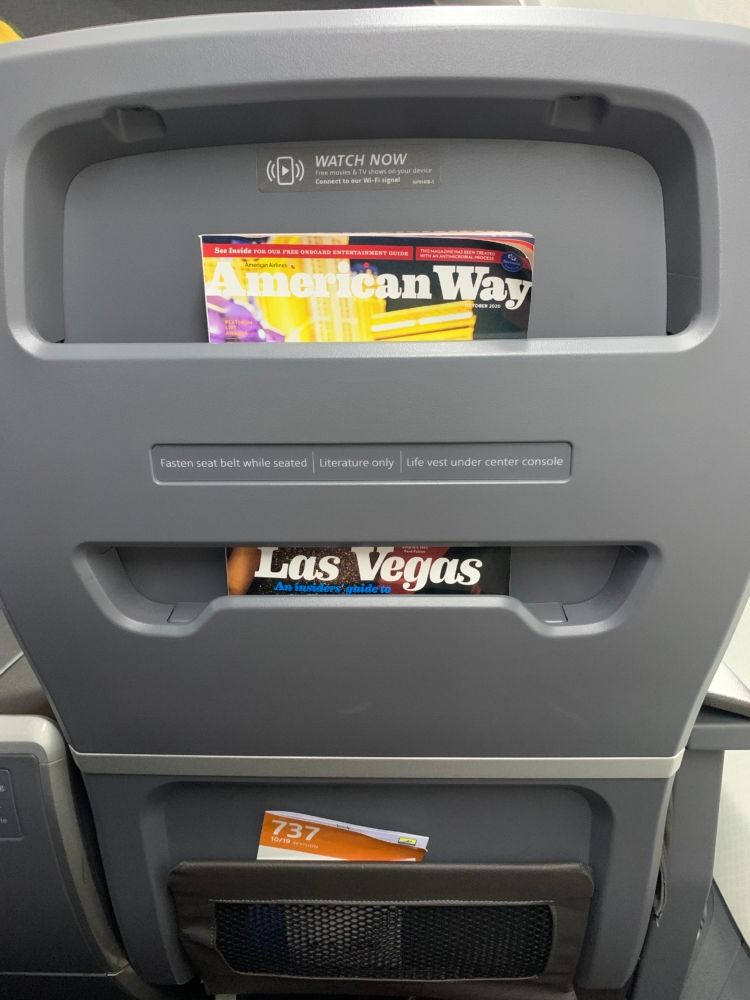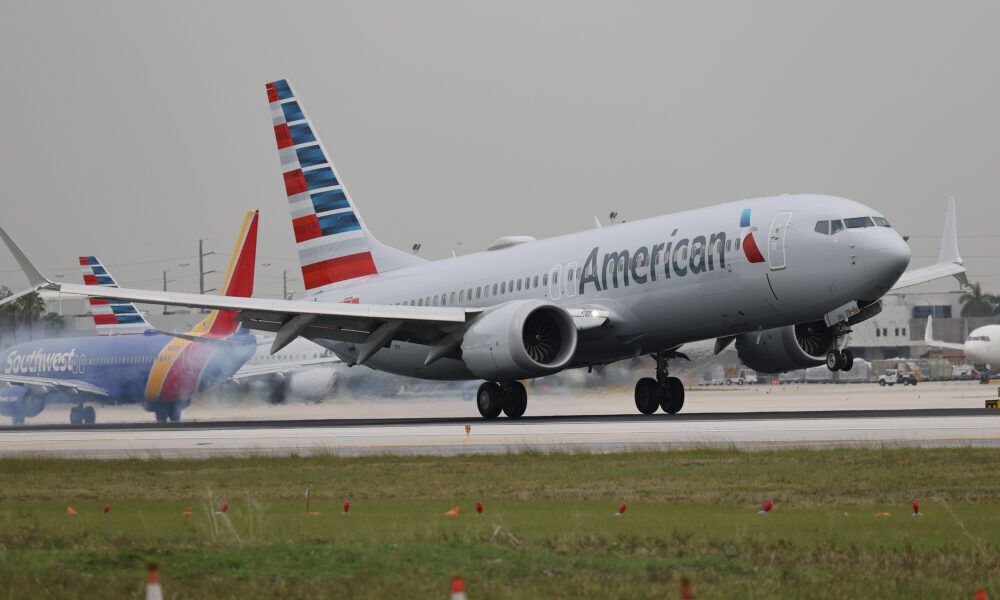American Airlines has spent the last few years working on retrofitting its aircraft to standardize its interior cabin offerings. On the narrowbody side, this has meant taking out older seats and configurations and replacing them with newer products, cabin densification, and inflight WiFi over seatback entertainment. The airline thus far is sticking with that plan.
American's fleet harmonization
American Airlines has been steadily making strides in standardizing its fleet with a new interior product. This includes introducing new domestic first class recliner seats comparable to the carrier's international premium economy offerings and new domestic seats that are lighter, offer more usable legroom but come at the expense of seatback screens and padding.
The fleet harmonization process has been continuing in earnest. As President of American Airlines, Robert Isom stated on the carrier's second-quarter earnings call:
"Our 737s are now complete, and we’ve completed the interior work on dozens of A321s in the second quarter. We now have just over 100 aircraft left before A321s have a standard onboard product by early next year."
He added the following:
"Now that our 737 fleet is fully harmonized, our customers will have industry-leading WiFi powering every seat and larger overhead bins. In total, we’re now flying more than 350 narrowbody aircraft with new, consistent interiors. Most importantly, the customers’ feedback on these aircraft has been exceptional."
The Boeing 737 and A321 retrofits
The Boeing 737 and Airbus A321 retrofits have continued in earnest, even through the pandemic. The Airbus A321s had a split configuration, with legacy American Airlines and legacy US Airways planes offering different configurations and amenities.
The airline is bringing the A321s up to a 190-seat configuration. The planes currently have either 181 or 187 seats. According to American Airlines, the carrier had retrofitted 57% of legacy US Airways A321s and 23% of legacy American Airlines planes at the end of the second quarter.
As far as Airbus A321s go, American Airlines' planes are not too far off from what other airlines offer. Delta Air Lines, a very prolific A321 operator, outfits its A321s with 191 seats.
The Boeing 737-800s are a different story. Those planes went from 160 seats to 172 seats onboard. The airline added 12 more seats in the economy class cabin while taking out two inches of seat pitch from first class, about an inch off of extra-legroom economy and an inch off standard economy seating. The tightest pitch on American's 737s is 30".
United Airlines outfits its Boeing 737-800s with room for 166 passengers. In economy, it also offers 30" of seat pitch. Delta's 737-800s have room for 160 passengers. However, its economy cabin on these planes offers a pitch of 31" to 32".
As far as American's fleet goes, the Boeing 737-800 is the single largest fleet by shell count. With over 260 in active service, discounting the ones temporarily parked, the densification of these aircraft has largely helped American boost domestic hub capacity without adding more aircraft.
American is also pleased with its inflight offering
At the end of June, United Airlines announced that it would be retrofitting all of its mainline narrowbody aircraft to include seatback entertainment at every seat. This led to speculation about whether American would do the same. Thus far, American Airlines has shown no indication of matching United. Mr. Isom stated the following on its inflight offering:
"In regard to the product in-flight, we feel really good about focusing on what customers want most. And so to that end, we were the first in the business to get out and make sure that our aircraft are equipped with the highest-speed WiFi – satellite WiFi – that offers full streaming capability on on all our narrowbody aircraft."
This also includes two-class regional jets. Rather than offering seatback entertainment, American Airlines offers customers an online portal with complimentary entertainment options, but passengers need to bring their own device.
Mr. Isom also discussed the proliferation of devices:
"So from a technology perspective, we know that — just virtually everybody – 90% of our customers bring their own devices. Those devices have capabilities and higher definition in terms of screen capabilities, than we can put on aircraft right now. And as we take a look going forward, we’re going to stay abreast of whatever it is that our customers need, and every day that we take a look going forward, technology improves, and we’re going to be at the forefront of whatever comes."
Stay informed: Sign up for our daily and weekly aviation news digests.
Inflight entertainment has come a long way. Delta has been making some serious strides in this department. The airline knew it wanted to offer customers an on-demand seatback entertainment option that was lighter, easier to update, and more user-friendly. It turned to a WiFi-based seatback entertainment system that fits the bill. These can be found onboard some of Delta's newest jets, like the A220s, and on retrofitted planes, like the Boeing 767-400ER.
American Airlines has not yet moved in that direction, but it is right about the proliferation of devices. While a good chunk of that 90% includes those bringing a smartphone onboard, most people prefer to watch entertainment on a larger screen, like a tablet or laptop computer. Not everyone who travels with a smartphone also travels with a tablet or laptop.
Does American Airlines need to offer seatback entertainment?
There are arguments in favor and against bringing back seatback entertainment. One of the clear arguments for it is that customers are generally very satisfied with a seatback entertainment system. United Airlines described a halo effect that having seatback entertainment provides improved customer feedback in other areas like inflight catering.
An argument against it is that American decides it is not worth it to invest in seatback entertainment. United and Delta have pushed in that department to go after a more premium set of travelers and become an airline that passengers choose to fly and develop loyalty on.
While American Airlines certainly makes a huge push for loyal frequent flyers, it is also flying a lot of customers who choose the airline based on network, schedule, or price. These customers, generally leisure passengers flying in the back of the plane, may not deliver the return on investment American needs to justify going back and putting seatback entertainment onboard.
There are also plenty of airlines in the US that do not have seatback entertainment onboard. Excluding the ultra-low-cost carriers (ULCCs), Alaska Airlines and Southwest Airlines also do not offer seatback entertainment. Southwest does not even offer power, which American has done an excellent job on offering across its fleet. On its Airbus A321neos flying over five hours to the mainland United States, even Hawaiian Airlines has opted not to offer seatback screens.
Alaska and Southwest are also some of the most-loved airlines among their frequent fliers. Without seatback screens, those airlines have turned to other parts of the flying experience, like improved customer service or customer-friendly policies (like no baggage fees on Southwest) to lure and keep loyal travelers.
American Airlines previously had some cover for taking out seatback entertainment, and that was because United Airlines was moving in that direction as well. For example, United's newer narrowbody aircraft, the Boeing 737 MAX 9s, do not offer seatback entertainment. It is turning around on that endeavor with the introduction of the MAX 8.
American does offer a solid amount of content on its streaming entertainment service, but that might not be enough to make passengers happy.
American Airlines is coming at a crossroads. It can either continue down the path it has taken and keep amenities like seatback entertainment off its planes in favor of WiFi, or it can turn to returning that amenity to its planes in the hopes of being able to generate higher yields from the passengers who will utilize the service.
Ultimately, the decision now rests with American Airlines about what it plans to do about inflight entertainment. While there are merits to both approaches, the question really is if American believes it can more than offset the cost of seatback entertainment installation and upkeep through additional revenue from its passengers.
Do you think American Airlines should start bringing back seatback entertainment? What do you think about the new American interiors? Let us know in the comments!

